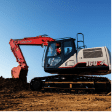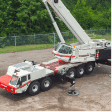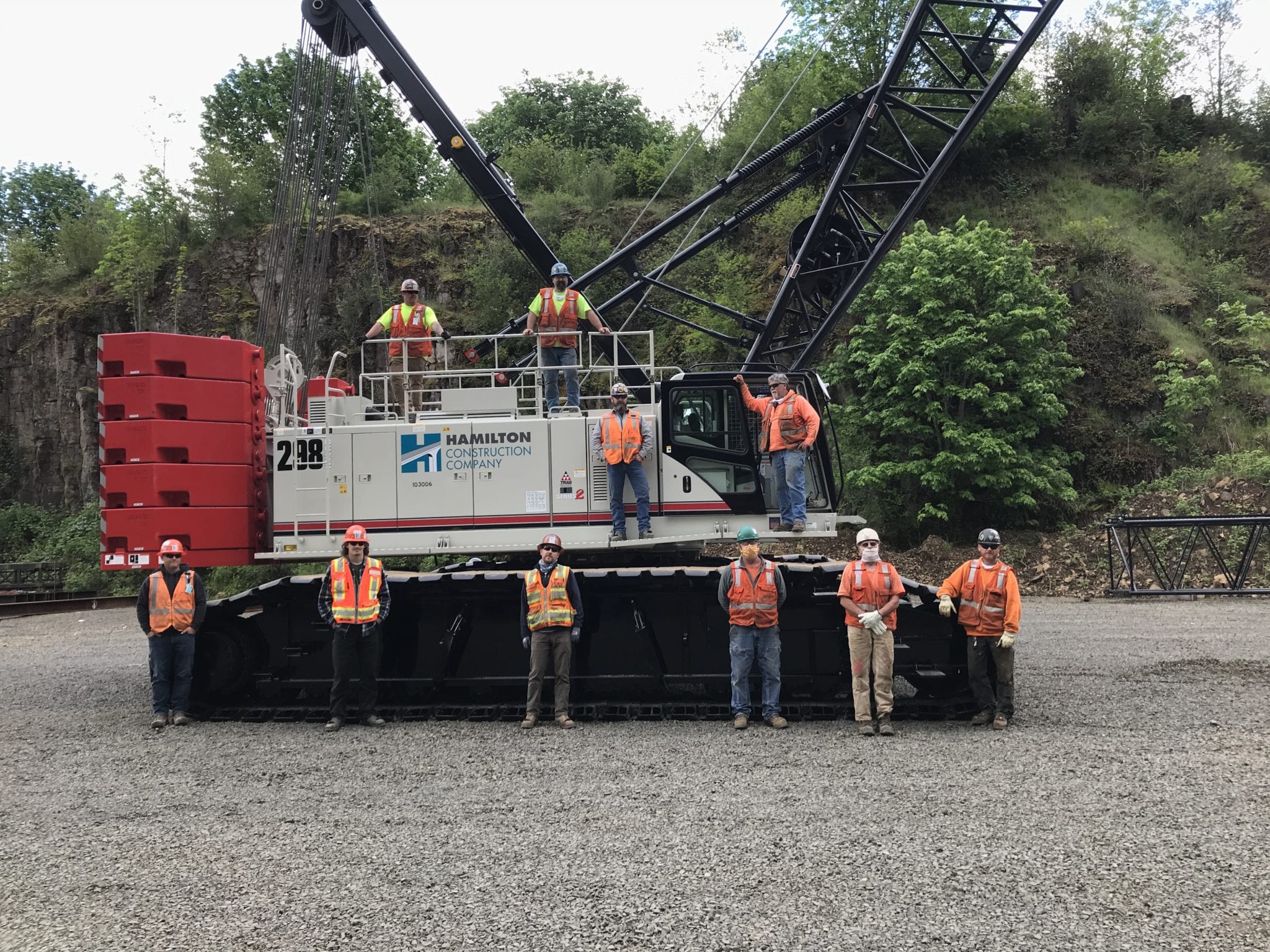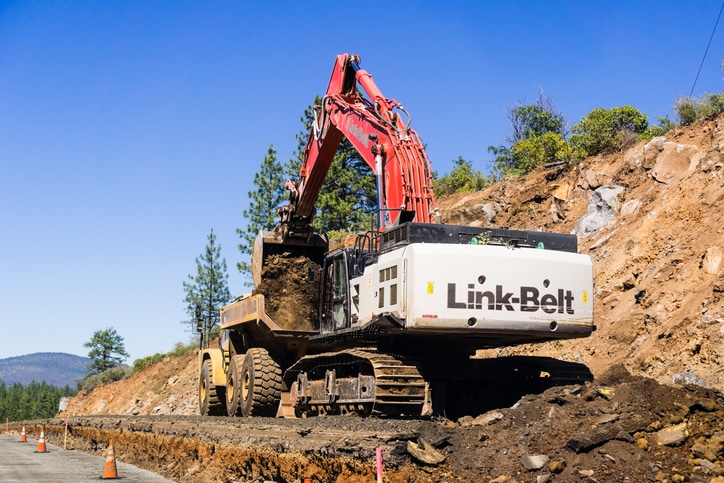Workers who are exposed to extreme heat or work in hot environments may be at risk of heat related illnesses. Heat stress can result in heat stroke, heat exhaustion, heat cramps, or heat rashes, all of which can result in serious injury.
It is estimated that more than 1,300 deaths per year in the U.S. are due to extreme heat. Between June 26-July 2, 2021 there were 100 heat related deaths. Being aware of heat risk and taking steps to avoid overheating are critical during the summer months.
Potential Risk Factors For Overheating
Intense Or Sudden Workload: It’s important to gradually increase the workload or allow more frequent breaks to help new workers and those returning to a job after time away build up a tolerance for hot conditions.
Inexperienced Workers: Workers who are new to an outdoor job need additional precautions beyond those warranted by heat index alone. Workers new to outdoor jobs are generally most at risk for heat-related illnesses, due to their lack of acclimation to hot conditions and inexperience in recognizing signs of high illness.
Consumption of Dehydrating Beverages: Hydration is one of the most impactful actions one can take to avoid overheating. The best beverage for hydration is plain water, but sports drinks with electrolytes are also hydrating. Drinking energy drinks or other sugary beverages raises the risk of heat illness. Caffeinated or high-sugar beverages can be dehydrating, putting workers at further risk.
OSHA Heat Work Guidelines
Keep this information on hand when working in potentially dangerous heat conditions.
- Less than 91⁰F = Low Risk Level – Basic heat safety planning
- 91⁰F to 103⁰F = Moderate Risk Level – Implement precautions and heighten awareness
- 103⁰F to 115⁰F = High Risk Level – Additional precautions to protect workers
- Greater than 115⁰F = Extreme Risk Level – Triggers aggressive protective measures
What should you do in the event that a coworker is suffering from heat exhaustion?
If you believe a co-worker is experiencing heat exhaustion, have the person lie down in a cool, shaded area or in a vehicle with air conditioning and provide plenty of water to drink. You also can cool the worker with ice packs or cold compresses.
If you are unsure, do not hesitate to call 911 and have EMS evaluate the person’s condition. EMS can provide you with a medical recommendation if you are unsure of what to do and call for an ambulance to transport the person for further medical care.
Read more about overheating and other jobsite safety topics by visiting our Safety Corner page









